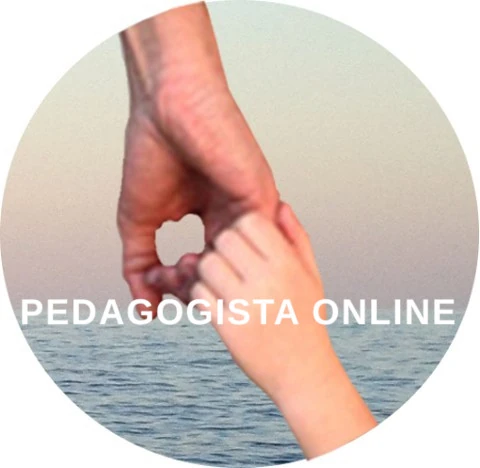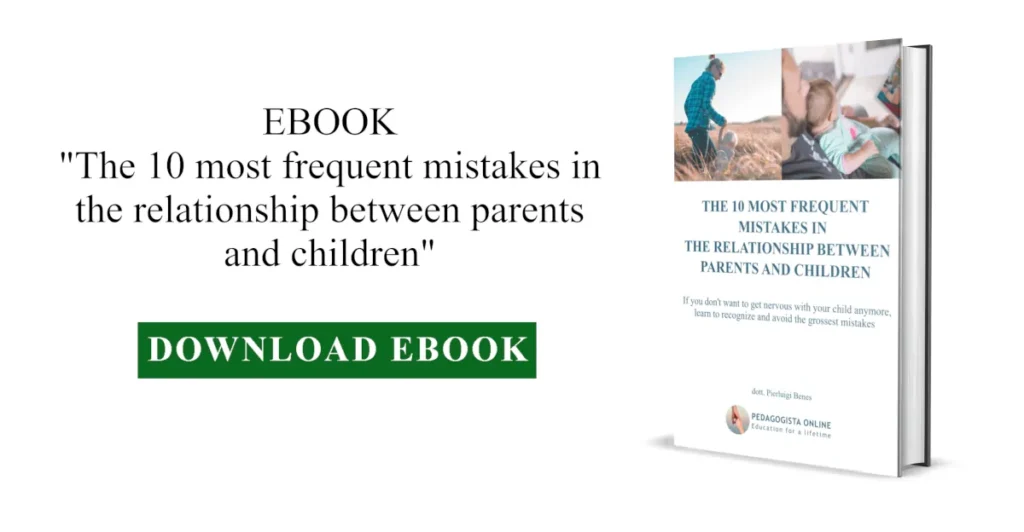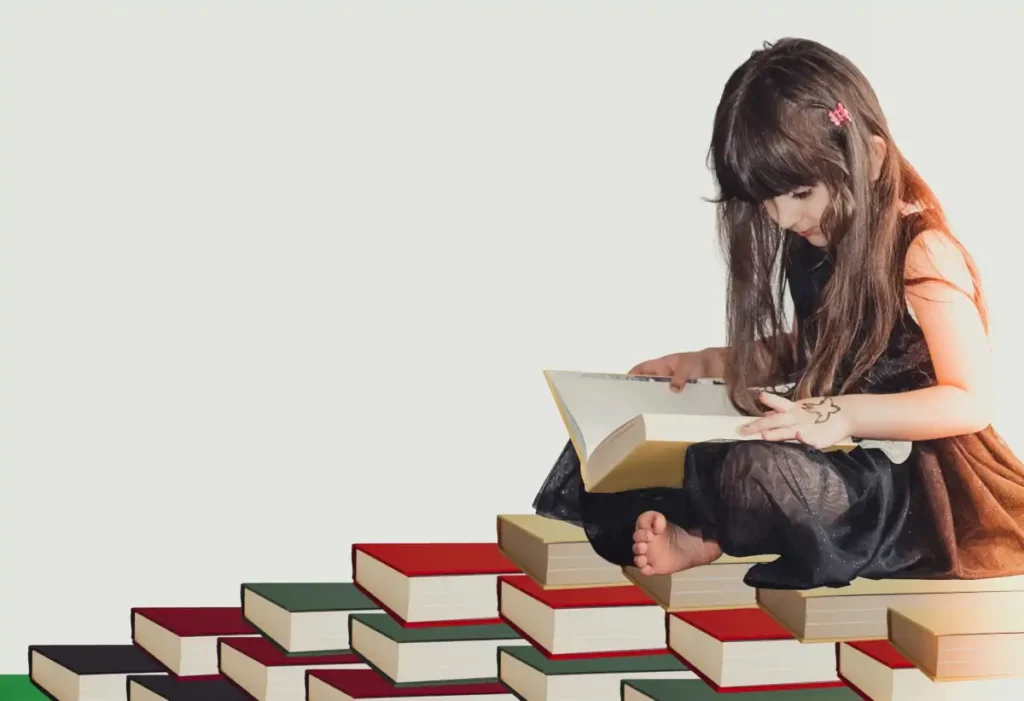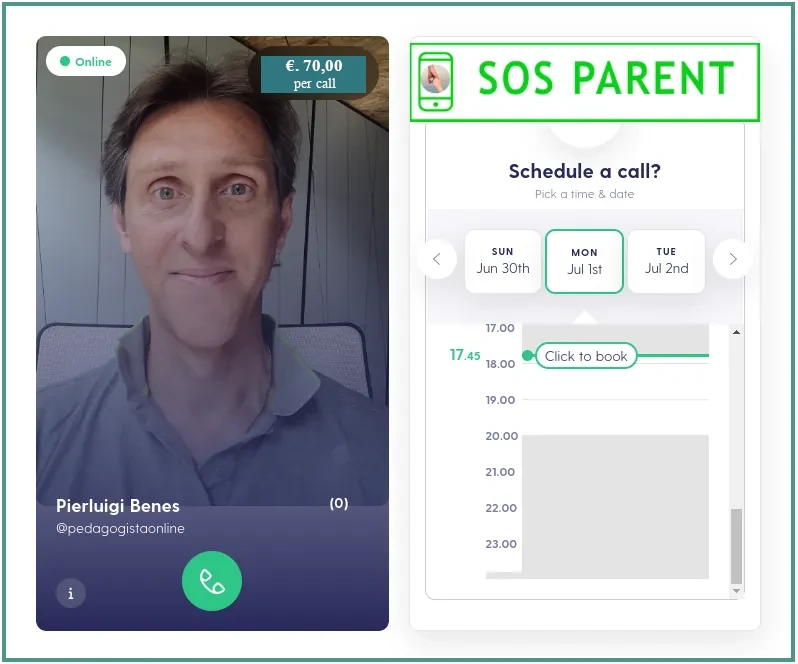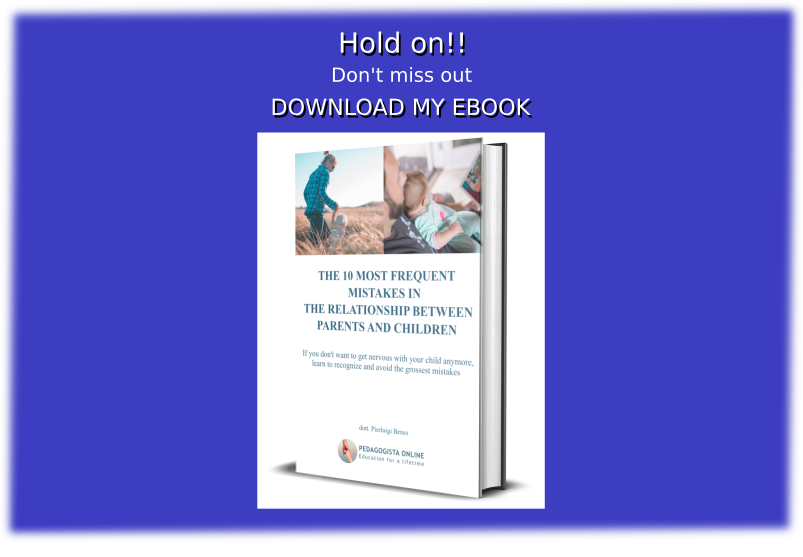Some of your friends have wanted to teach children to read before they attend primary school. Even grandparents insist on showing your child how to read and write correctly. You are a bit unsure, so you would like to receive some guidance on how to approach reading and writing with your child.
You have also noticed that in some instances, your child tries hard to read words and it seems like he would appreciate being helped to discover this new skill of reading.
So, you are wondering if it is important to teach children to read or write by the end of preschool, and if so, how it can be done.
If that’s the case, I can give you some useful suggestions, so I won’t keep you waiting any longer and invite you to read the answers I provide to these two questions.
1. Teaching to read: good things come to those who wait
The child learns to understand that some writings have a specific meaning well before entering primary school. If you think about it, it’s only natural, considering that we are surrounded everywhere by writings and texts, and that the intelligence of a 4 or 5-year-old child is extremely active.
These aspects, along with the strong ambitions of some parents, may lead some to push the timeline a bit and anticipate what the school is already responsible for and does excellently. By this, I mean that you don’t need to go to great lengths to give your child a skill that he will certainly acquire rapidly at the beginning of primary school.
Of course, there’s nothing wrong with addressing this aspect with the child, especially if he requests it. However, it’s sufficient to do it in moderation, treating it as a game. In a moment, I’ll explain how to do it.
When your child starts compulsory schooling and is taught reading and writing, what you can do is simply help him consistently practice the skills he is acquiring; for example, by having him read the texts assigned by the teachers or others similar, based on his age and level of competence.
However, the most important thing is how you introduce them to reading, or rather, to the book. Reading to children is already beneficial if done very early, when the child is still young.
2. Teaching to read: the child and reading
Therefore, it is important to follow the pace in the mind even when learning to read; thus, it is a good practice to use the word as the unit of work, rather than individual letters or, worse, syllables.
The risk, of course, is that the word may be read incorrectly if the child is not yet sufficiently skilled; however, the cost of this kind of error is much lower than the harm caused to the child if the fluidity in the reading process is inhibited.
For these reasons, children learns to read, it is important to encourage them to predict the word, so that they become accustomed to relying on the context to identify the whole word.
Now, let me explain how to help the child approach reading and writing correctly before starting primary school.
3. How to introduce the child to reading and writing
If you feel the need to introduce your child to reading and writing as they are finishing preschool, you might be interested to know that there are books dedicated to both skills.
For example, there are books with activity sheets that allow the child to practice the prerequisites of writing and reading. So, you can find some and have your child play by connecting the dots, practicing their handwriting, matching images of objects to their written names, and more.
However, what I suggest is not to approach it as a school task, but rather as a game. It is possible that the child has not yet developed the necessary skills to fully achieve the goal of reading or writing; therefore, they might feel pressured to do something that is too premature for them.
On the other hand, if this exercise remains a fun game to spend a few minutes doing stimulating activities, then you are giving them the opportunity to have a useful experience for their growth.
4. How to improve reading speed
At this point, I want to give you further advice on how to improve your child’s reading technique, or even your own, after reading has been learned and practiced for some time. I am addressing a proficient reader rather than a child still in the learning phase.
Firstly, it is essential to mention that the best way to improve reading is to read as much as possible. This not only helps with reading but also builds greater confidence in one of the most critical skills to reach a satisfying level of personal fulfillment.
With that said, we can briefly discuss two different ways of reading, an analytical and a synthetic approach, which differ in their effects:
- Reading with sub-vocalization: This is the most common way people read, involving silently pronouncing each word in their mind as if reading aloud. This type of reading is highly efficient for learning details but is rather slow because it maintains the same pace as reading aloud.
- Reading without sub-vocalization: If, on the other hand, you try to read a text without sub-vocalizing, i.e., without reading word by word, and instead, use your gaze to access the overall meaning of the words, you will notice that you can read very quickly. However, with this method, you may not remember many of the details of the text, only the general meaning. Nonetheless, it can be a useful strategy both for rapidly skimming through passages that do not require specific in-depth understanding and for reviewing a text you have already read or studied to reinforce your memory.

